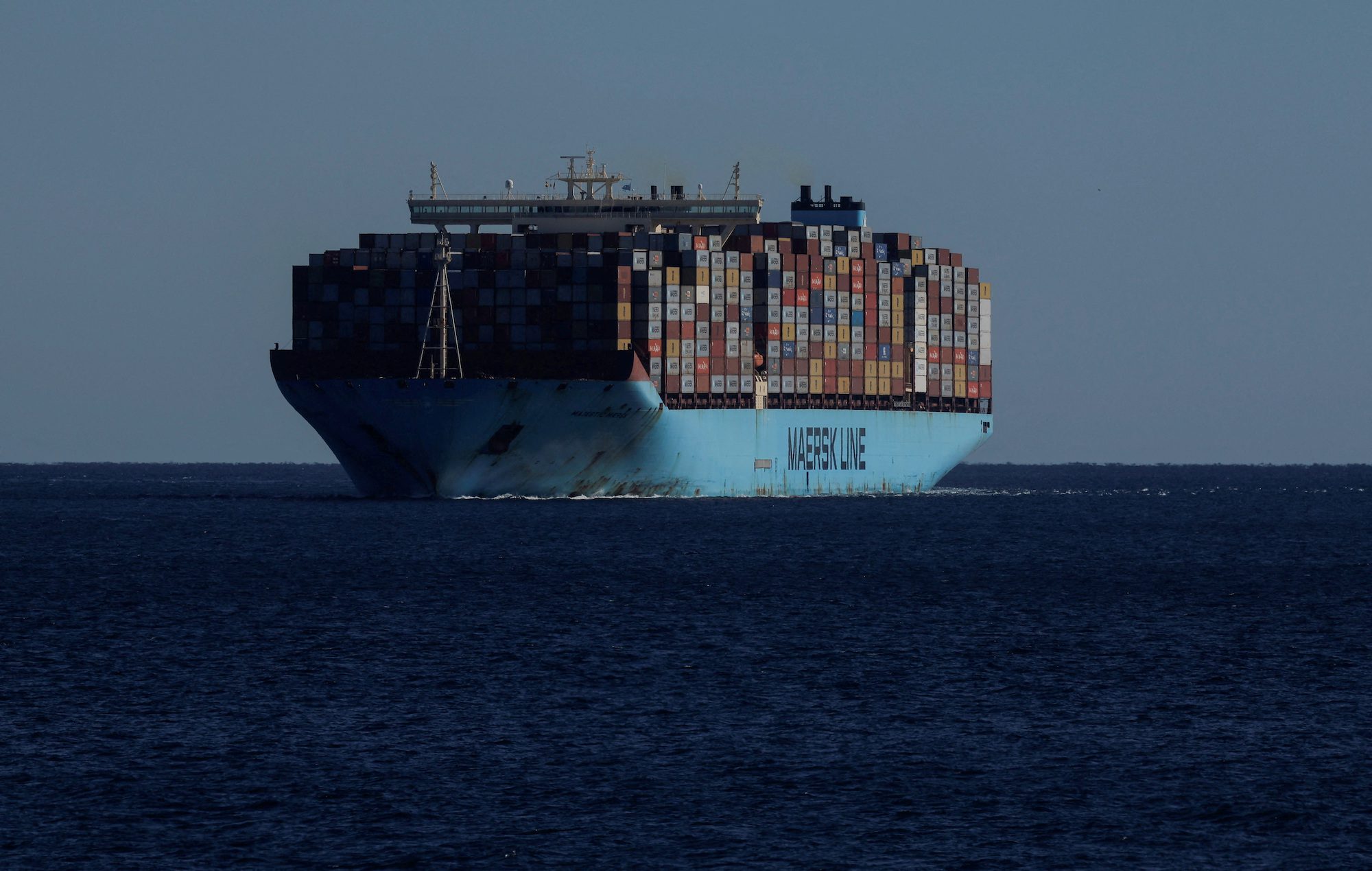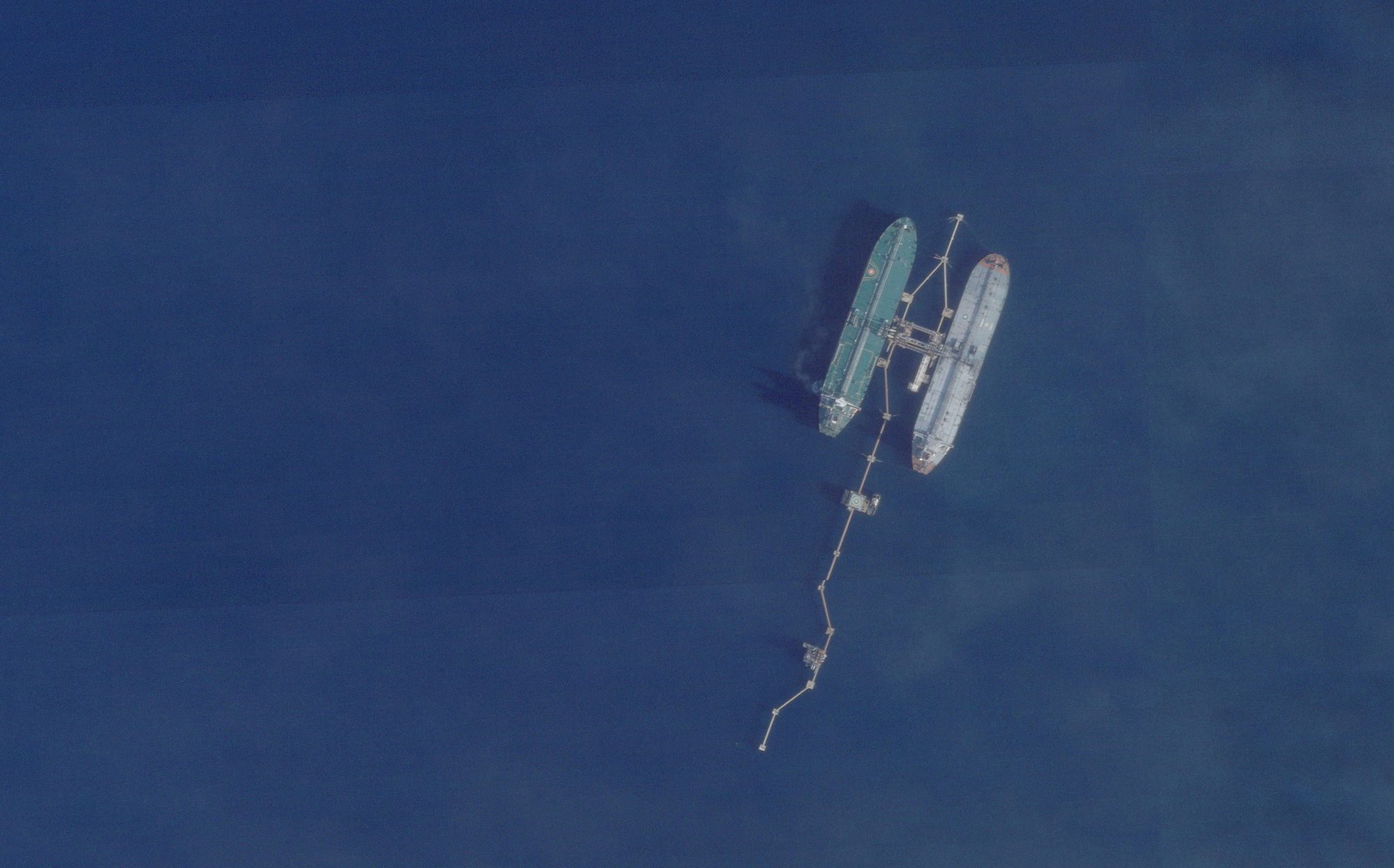By Alexander Whiteman (The Loadstar) – Carriers are themselves driving the rates ‘race to the bottom’ they warned would lead to a “dire situation” in 2024 – Maersk singled out as one of the worst offenders.
Announcing the group’s third-quarter flop last week, the Danish carrier’s CEO, Vincent Clerc, told investors that without an uptick on the spot market in the final three months, the coming year would prove difficult for ocean shipping.
His comments, though, received sharp shrift from the wider supply chain, with Rhenus’s head of ocean freight for the Americas, Stephanie Loomis, describing them as “comical”.
She noted on social media: “I find it comical that Clerc is warning of a ‘dire’ situation if rate levels did not improve before the end of the year. These under-market Maersk offers keep ‘showing up’ in co-loaders’ rate sheets, week after week.
“Maybe they [Maersk] should stop undercutting this already insanely low spot market; someone over there might want to wake up.”
Data for the second week of November, made available to The Loadstar, indicates Maersk offering rates of circa-$500 per teu and $800 per feu, against averages for the week of $600 and $950 on Ningbo-Hamburg routings.
Asked to respond to claims Maersk is itself participating in driving the race to the bottom, a spokesperson told The Loadstar the carrier “had nothing to add”.
But Maersk is not the only carrier behaving like this: sources claim “they are all at it”. And one forwarding source, linked to a carrier, described the crash in spot rates as the liners’ “own doing”, as they were accepting rates foisted on them by forwarders.
The source told The Loadstar: “Forwarders are not always acting responsibly, but it’s the carriers that agree to the rate level; they all have the choice to say no.
“In a downturn market like we have now, with forwarders competing in customer tenders, we quite often submit rates we don’t actually have from carriers. We submit a rate we believe we can achieve and then, if successful, we go to all carriers and ask for the rate levels we need. Generally, at least one carrier will agree.”
The source noted that forwarders had only been able to behave like this because the carriers were “all fighting for the same volumes”, which would not have been possible over the past three years.
Looking ahead, however, “the carriers are facing a very tough 12-18 months ahead, as are the forwarders”.
The source added: “There are still many new vessels that will come next year, so there is still a lot more tonnage that will enter the market. I attended senior meetings in 2022 with all the carriers and this was a key discussion point.
“Everyone has known this issue would come in 2023/2024.”
(c) Copyright Thomson Reuters 2023.

 Join The Club
Join The Club










